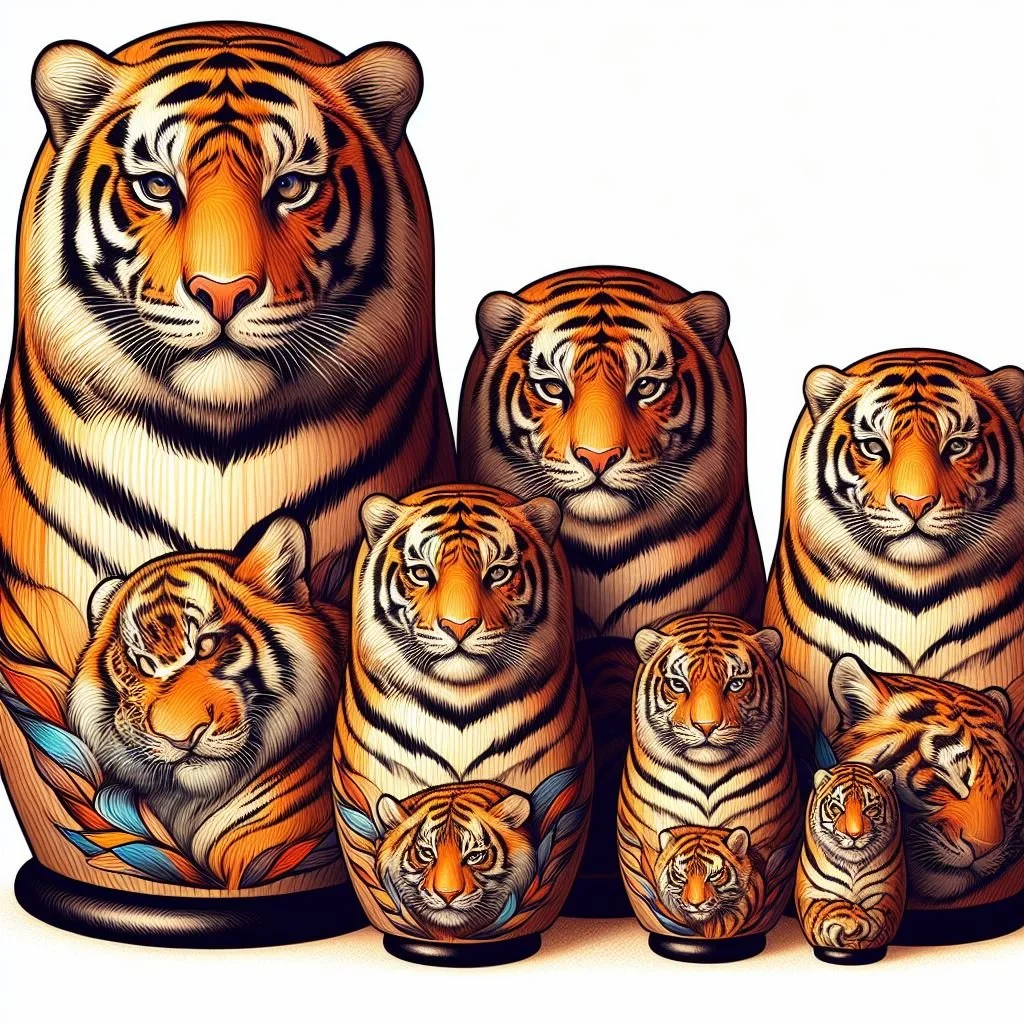Same old, same new
Jerry Olson shared this essay from The Guardian about the creeping trend of global ubiquity.
The author, Kyle Chayka, uses coffee shops as his exemplar. Did you ever notice how many coffee shops look the same, even independent shops? The author blames this (if “blame” is the right word) on recommendation algorithms on social media platforms such as Instagram. If you are a coffee shop, you want social media hits, and to get those hits your posts have to align with the demands of the algorithm, which leads to a cycle of sameness.
As Chayka writes, “Digital platforms take away agency from the business owners, pressuring them to follow in lockstep rather than pursue their own creative whims.”
This somewhat aligns with a possible trend away from localness, at least in the US. Local media outlets of all kinds --- newspapers, radio stations, TV stations – are either disappearing or relying increasingly on content generated elsewhere. Regional accents have flattened over the last 40 years. The regional department store is all but a memory.
One wonders if this lack of local color inhibits innovation in other domains. Look at how much fashion and popular music (to take two examples) changed from 1960 to 1975. And from 1975 to 1990. Pretty dramatic shifts over those 15 year periods. But how much have fashion and music changed from, say, 2009 until now? Sure there have been changes, but hardly dramatic, all things considered, and sometimes barely even perceptible. You could wear clothes from a 2009 wardrobe today and probably not many people would give you a second look. If you wore your 1975 wardrobe in 1990, you would have looked like you came from another planet.
Perhaps without local color, there is less of an opportunity to come across something truly unique that would inspire widespread change – sort of like in the coffee shops. In some ways, it seems the world and our culture are transforming at breathtaking speed. In other ways, not so much.

